Alibaba.com showcases an enchanting array of miniature glass figurines, each crafted with meticulous attention to detail. Among the diverse offerings, collectors and enthusiasts can discover blown glass angel figurines, boasting the intricate blown technique and a touch of antiquity. Creative minds might be drawn to the personalized 3D laser-engraved solar system crystal balls, complete with LED bases, offering a cosmic twist to glass artistry.
The platform also features a variety of handblown glass creations, such as high-quality fruit trays and modern minimalist fruit plates that double as functional home decor. Animal lovers can revel in the selection of miniature animal figurines, ranging from majestic crystal glass horses representing the Chinese zodiac to whimsical handcrafted pigs and cows, each piece offering a unique glimpse into the animal kingdom through glass.
For those seeking a blend of elegance and function, the site presents glass figurines embedded in practical items like stemless drinking glasses, adding a surprise element to everyday glassware. Additionally, the collection includes decorative pieces such as crystal glass swans and roses with vases, perfect for home decoration or as thoughtful gifts. Each figurine, from religious crystal glass crosses to decorative swans and crystal pineapples, is a testament to the versatility and beauty of glass art.






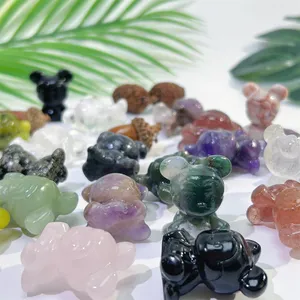










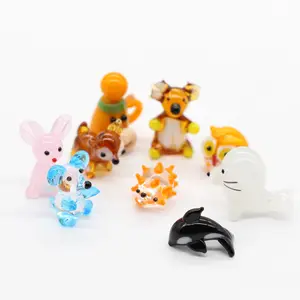
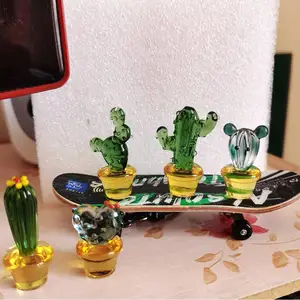





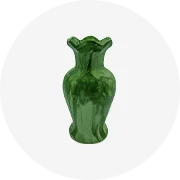
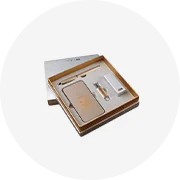
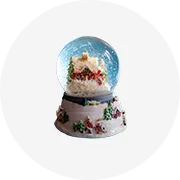
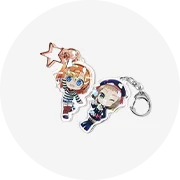








 浙公网安备 33010002000092号
浙公网安备 33010002000092号 浙B2-20120091-4
浙B2-20120091-4